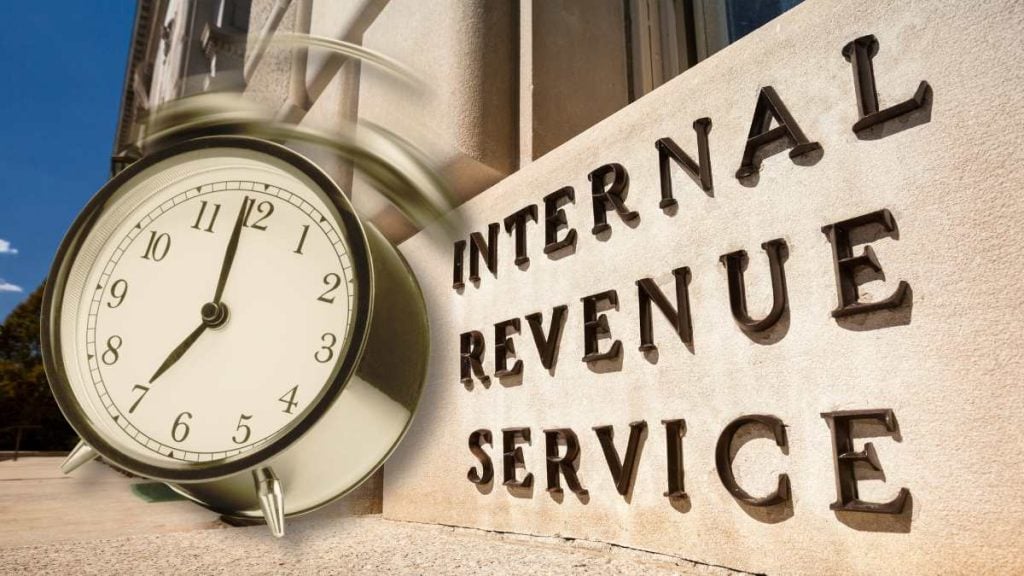The Internal Revenue Service (IRS) has already closed its tax season for most taxpayers, but there are still some deadlines for certain specific groups. Tax-exempt nonprofit organizations with a fiscal year ending on June 30 must file their returns with the IRS by May 15.
Failure to do so may result in fines, although it is possible to request a six-month extension using Form 8868. The type of form required—Form 990, 990-EZ, 990-N, or 990-PF—depends on the organization’s gross receipts and total assets. According to the IRS, “choosing the wrong form can delay processing.”
IRS issues guidance for taxpayers who must file taxes by May 15
Organizations that have income greater than $200,000 or assets greater than $500,000 must file Form 990. If their income is between $50,000 and $200,000, they must use Form 990-EZ.
Those with income less than $50,000 can file Form 990-N, which is a simplified electronic notification.
Private foundations, regardless of size, must file Form 990-PF. Some categories, such as nonprofit hospitals, have specific rules detailed in the Instructions for Form 990-EZ.
The process includes collecting audited financial statements, governance details and descriptions of executed programs. Transactions with related organizations and compensation to executives must also be reported. “Maintaining organized records minimizes errors,” IRS guidelines state.
For Form 990-T, applicable to income not related to the exempt mission, data on commercial activities is required. This form must be submitted independently of the main one.
Clectronic filing and extended deadlines by the IRS
The IRS recommends submitting returns through authorized platforms such as File990.org, which streamline the process. Those who prefer physical presentation must send documents to the address indicated in Return Due Dates for Exempt Organizations.
If May 15 falls on a weekend, the deadline is moved to the next business day. Organizations that need more time can request an extension with Form 8868, submitted before the original deadline.
Some states, such as California, require parallel filings to maintain the local tax exemption. These deadlines usually align with federal deadlines, but vary between jurisdictions. The omission may affect state benefits, even if you comply with the IRS.
In New York, for example, organizations must submit the CHAR500 annually. Checking local regulations is “the responsibility of each entity,” according to the California Nonprofit Tax Filing Deadline portal.
If you miss the deadline, the IRS could impose fines
Penalties for late filing start at $20 per day, with a maximum of $10,000 or 5% of the organization’s gross receipts, whichever is less.
Additionally, if an entity fails to file the form for three consecutive years, it automatically loses its federal tax-exempt status, as established by the Internal Revenue Code.
Organizations that lose their exemption must re-stack under section 501(c)(3), a process that can take up to a year. During that period, donations are not deductible for taxpayers.
The IRS offers online workshops such as the Small to Mid-Size Tax Exempt Organization Workshop, with modules on tax compliance and best practices. These resources are free and available on the official site.
Platforms like Candid Learning provide up-to-date guidance on regulatory changes. For specific questions, the Tax Exempt Government Entities Division of the IRS responds by phone or email.
